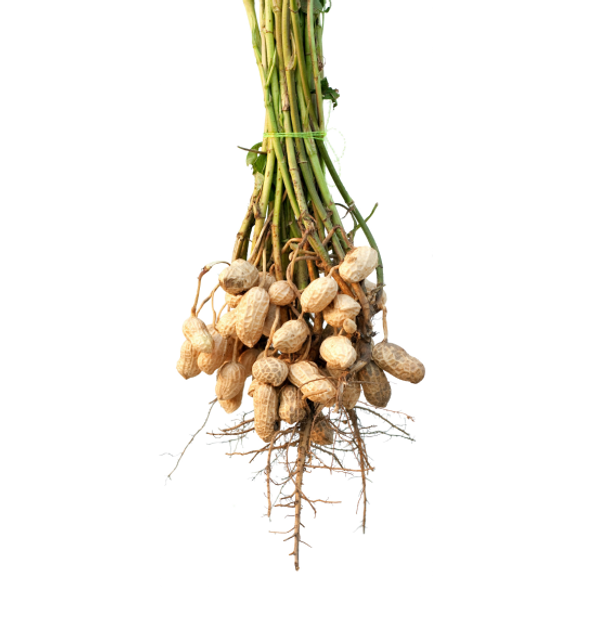Everything Peanut Allergy
Since 2001, America’s peanut farmers have invested more than $36 million to helping solve the peanut allergy issue – through research, education and outreach. We’re parents and grandparents, too. And we never want anyone to be harmed by the nutritious, sustainable food we grow. From prevention to management and treatment, families, schools, health care providers, food industry and others can find information and resources here to help.
News
Everything about peanuts
Protect your child from food allergies with our simple and actionable advice. Learn more with the Na...
Jun 2, 2023The FDA approved Xolair (omalizumab) to be used for reducing allergic reactions to multiple foods af...
Mar 4, 2024Learn the benefits of introducing peanut butter early to babies for allergy prevention and healthy d...
Sep 1, 2023Allergies are serious stuff. Learn from health and education experts how to help teens handle food a...
Sep 1, 2023By exploring these five evidence-based insights, we unravel the misconceptions surrounding peanut al...
Apr 15, 2024With so many viewpoints on the internet, it’s hard to know who to listen to – is peanut oil safe for...
Apr 12, 2024Much to the satisfaction of millions, Chick-fil-A has used refined peanut oil for decades
Apr 12, 2024While less than 1% of Americans (including less than 2% of children) have a peanut allergy, some peo...
Mar 1, 2024